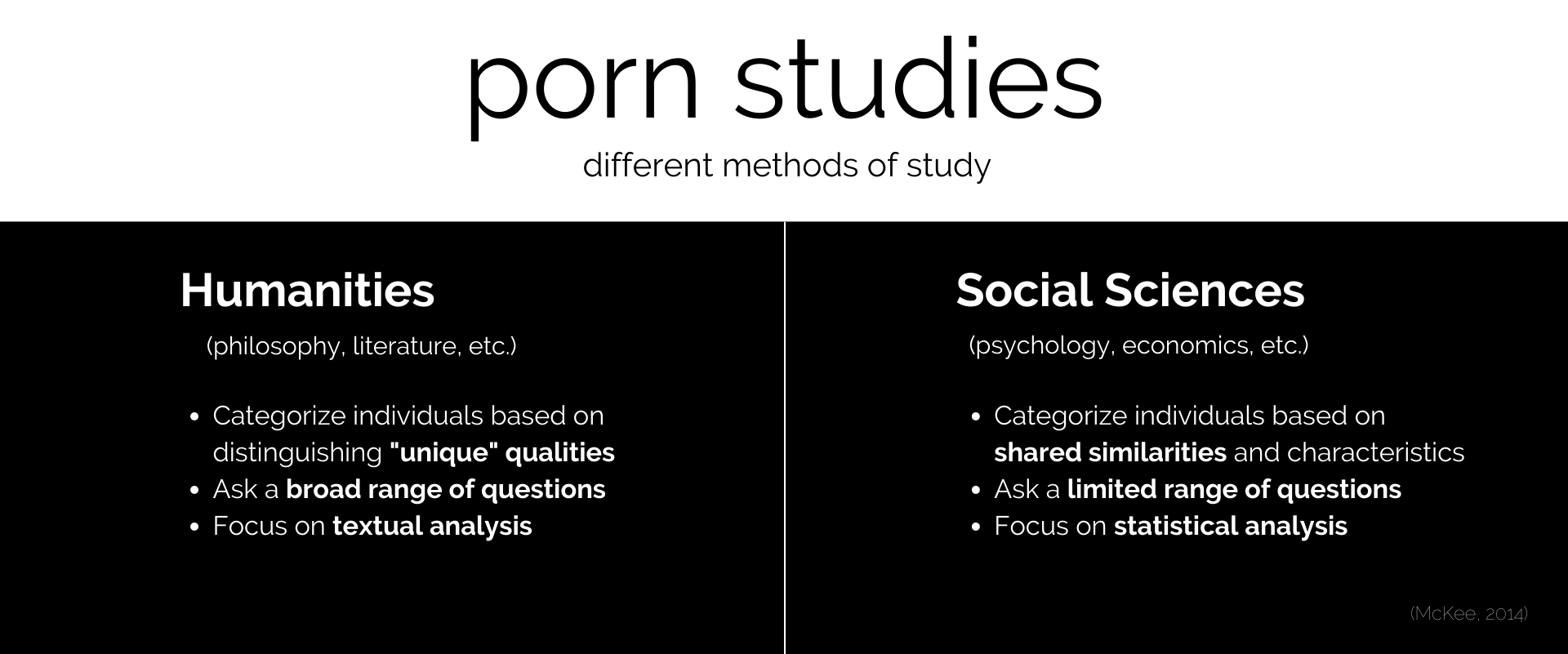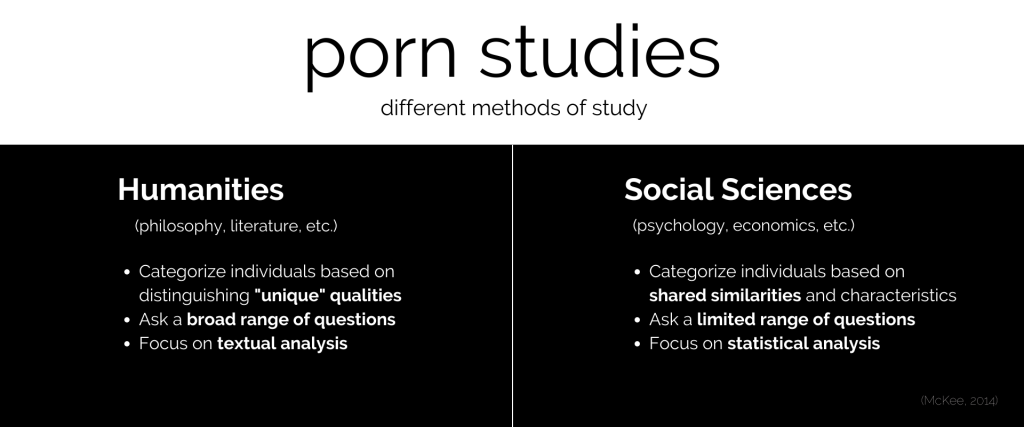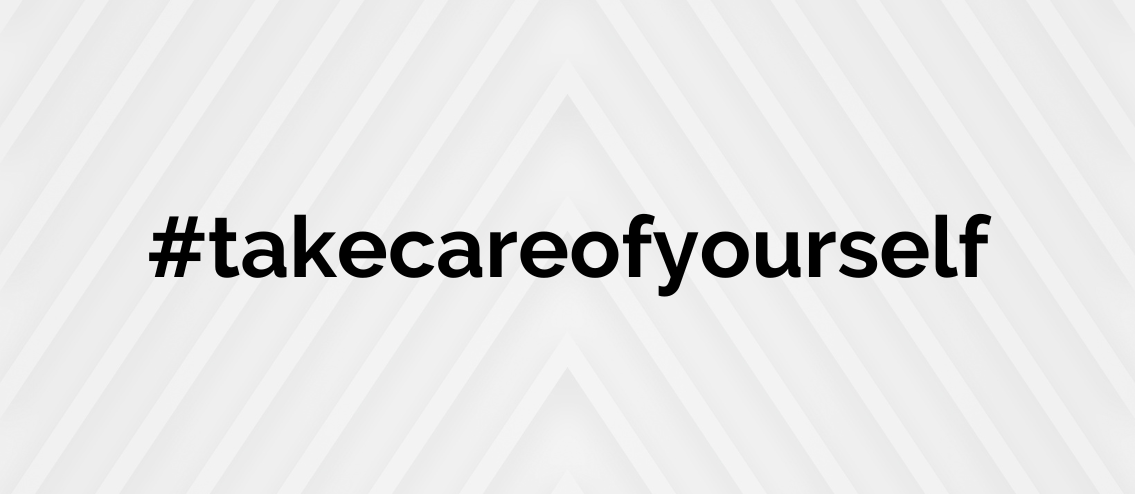The methods of research used and conducted when studying human sexuality offer us different lenses and with that, different takeaways. Module 5 of the Sex Positive Professional Certification Program offers a diverse range of insights from the varying disciplines of public health, social science(s), behavioral science(s), and arts and humanities research perspectives.
The article Humanities and Social Scientific Research Methods in Porn Studies (McKee, 2014) differentiates the humanities and social sciences research methodologies used in the study of porn, citing a few key takeaways:
Humanities
- Categorize individuals based on distinguishing “unique” qualities
- Ask a broad range of questions
- Focus on textual analysis
Social Sciences
- Categorize individuals based on shared similarities and characteristics
- Ask a limited range of questions
- Focus on statistical analysis
Differing research methodologies have different data gathering and analysis processes.
Communication between porn studies researchers in the different fields and methodologies of study is key to our holistic understanding of porn.
As stated in the article, there has been “surprisingly little conversation between porn studies researchers from different disciplines about their practices of data gathering and data analysis”. The authors highlight not only the lack of communication between fields of study but also the different data that is gathered:
- Humanities research tends to focus on qualitative data (ex. describing in words what happens in porn)
- Social science research tends to focus on quantitative data (ex. counting the number of times something happens in porn)
Whereas the quantitative data produced by social science research methodologies tends to remain relatively consistent across different researchers, the qualitative data produced by the humanities research methodologies may vary quite heavily depending on the researcher’s familiarity with the topic, population, genre, etc.
Matters are further complicated in the definitions of what is being counted in statistical models. For example, if a researcher is counting acts of aggression in pornography, acts like consensual spanking, despite being an act of desire and sexual play between two consenting adults, may be labeled as aggressive behavior in the data collection process. Additionally, the types and number of questions asked by the researcher(s) in statistical models are powerful influencers on the data that will be captured in their study.
Each and every research methodology has both its strengths and areas for improvement in how we study sexuality. In all cases, each isolated methodology offers only a partial perspective to our holistic understanding. Expanding our communication, learnings, and research across disciplines, fields, and areas of study is crucial to understanding the ever-dynamic and evolving topic of sexuality at the micro, mezzo, and macro levels.
Combining research methodology efforts allows for data that is better reflective of the object of study showing both the similarities of groups and the uniqueness of individuals. Interpreting the data of human interaction on both a surface level as well as examining the layers residing underneath allows for a better understanding of populations and our collective movement as sexual beings.




